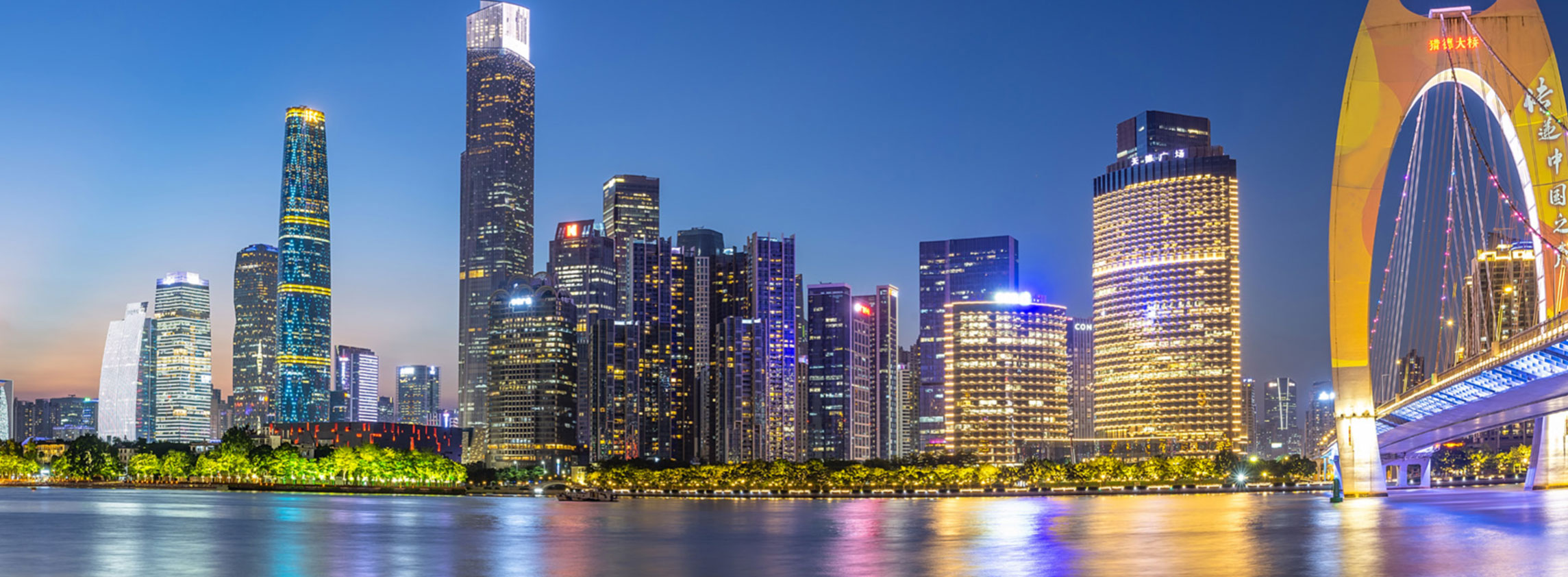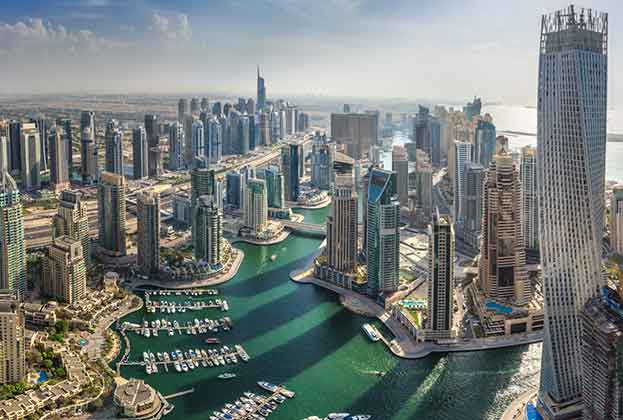Markets experience fastest growth since 2016
The resilience of the world’s residential property markets has continued unabated in the first half of 2021. Across the 30 cities in the Savills World Cities Index, capital values grew by an average of 3.9% over the six months to June 2021, the fastest rate since December 2016.
Sustained record-low-interest rates, improved buyer confidence, increased transactions at higher price points, and economic stimulus measures have all contributed to the strong property price growth.
This strong growth follows a more subdued period as values from June 2018 to December 2020 only grew an average of 0.7% as a result of global uncertainty and tax and policy changes in many cities. This low growth was exacerbated by the pandemic in 2020, which had the additional effect of lockdowns shuttering property markets in many cities.
Not all cities performed equally over the past six months. Over 70% of the locations had positive capital value growth for the first half of the year.
The cities which posted negative capital value growth are unified in their historical reliance on international buyers in their prime markets, a segment which has been severely limited by travel restrictions.
Leaders and laggards
The highest capital value growth can be found in the Chinese cities with six month growth figures between 7.9% in Guangzhou and 13.7% in Shanghai. Price rises in China have accelerated in 2021 despite tightening of financing and local policy changes in an attempt to cool the markets. Lending-fuelled purchases have been driving Chinese property price growth in recent years, with buyers believing property is likely to remain the safest investment in China.
In the United States, Los Angeles and Miami lead with growth above 9% in the first half of 2021. Both locations offer an abundance of space and hospitable climates. Miami has benefitted from domestic migration to the city as a result of increased remote working, favourable local taxes, an influx of tech and finance companies, and the enhanced buying power from low-interest rates.
For markets which are still recording negative capital value growth, such as Paris and Mumbai, lower transaction volumes over the past year have played a significant role. These cities suffered prolonged lockdowns which dampened sales and damaged buyer confidence. In New York, prices have declined for over four years because of oversupplied markets but signs point to prices stabilising this year as transactions increase.
A turning point?
The most expensive location in our index, Hong Kong, had seen declines in prices from 2019 through the first half of 2020 as a result of uncertainty in the region. However, capital values increased 1.9% in the year to June 2021. The increasing strength of sales can be attributed to low interest rates, and growth would likely be stronger, were international travel to resume.
Some cities have seen price changes go from negative to positive territory in the first half of 2021. Singapore, Bangkok, and Kuala Lumpur benefitted from increased demand for decreased supply. The work-from-home boom and resulting increased need for space helped to increase capital values in Dubai, Cape Town, Moscow, and Lisbon. In London, following six years of falls, values remained flat in 2020 then recorded an increase of 1.1% in the first six months of 2021 as the city looks good value.
It’s not just prices that are rising, transaction volumes are increasing in many cities too, especially when compared to the first half of 2020 when many cities were in lockdown. In London, sales of properties above £5 million were up 61% year on year and were the highest half year figure since 2014. In New York City, sales volume of properties priced above $5 million in May 2021 was the second highest for month since 2017 and 15 times higher than in May 2020.
Outlook
- The return of international travel to world cities is likely to provide an increased supply of buyers for prime properties in some locations. More demand is also expected as cities continue to open up and buyers are attracted to the employment and cultural offerings.
- The drive for increased space in prime residential property looks set to continue. Although more cities are seeing workers return to offices, the persisting work from home trend, particularly in Europe and North America, is predicted to sustain the desire for additional floor-space in properties.
- The low-interest rate environment looks set to continue and will likely contribute to sustained higher sales volumes across most cities as buyers are attracted to the sector both for wealth preservation and capital value increases in many cities.
- Sustained economic recovery globally is forecast to further support buyer confidence and boost demand across many cities. Though a degree of pandemic-related uncertainty remains, the prime residential sector is likely to remain strong through the rest of the year.
Read the other articles within Savills Prime Index: World Cities below

